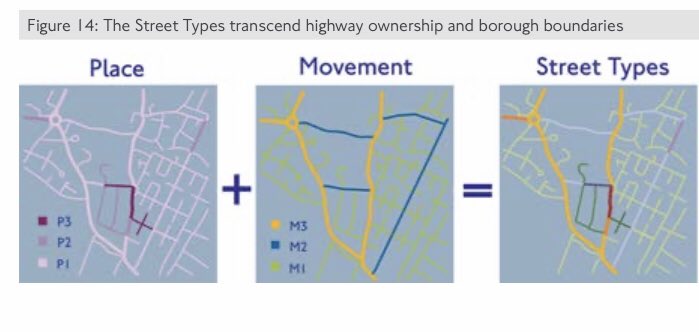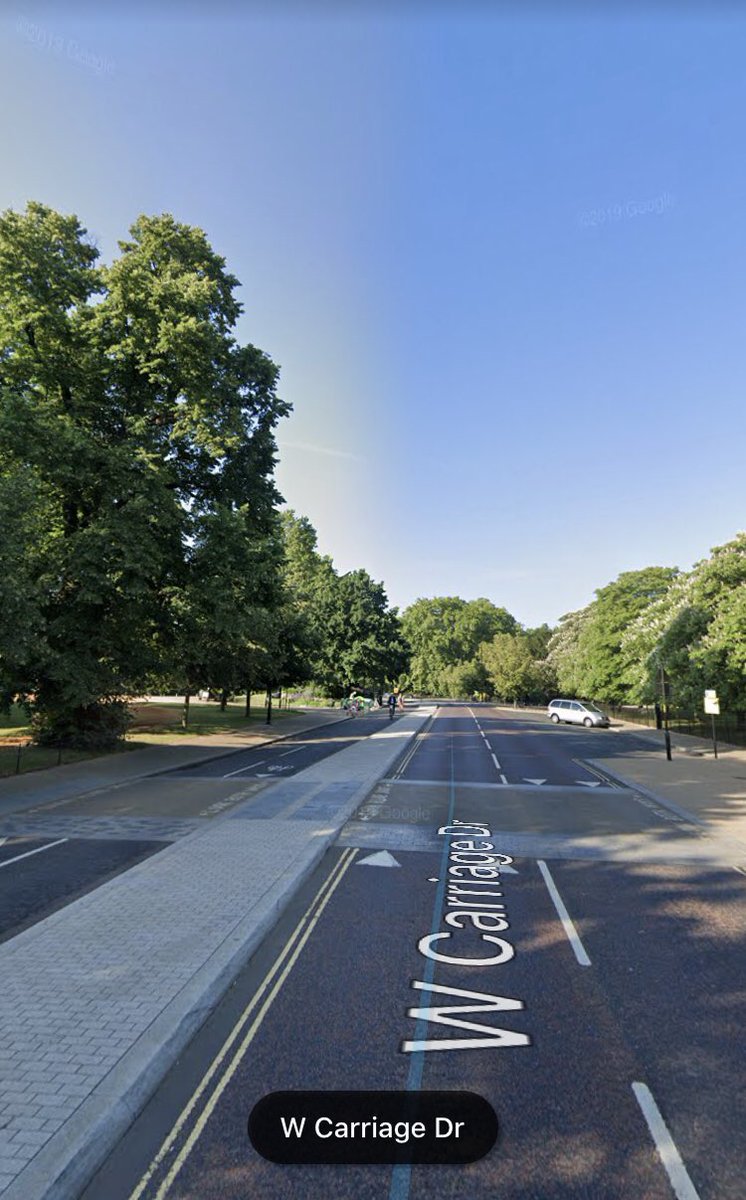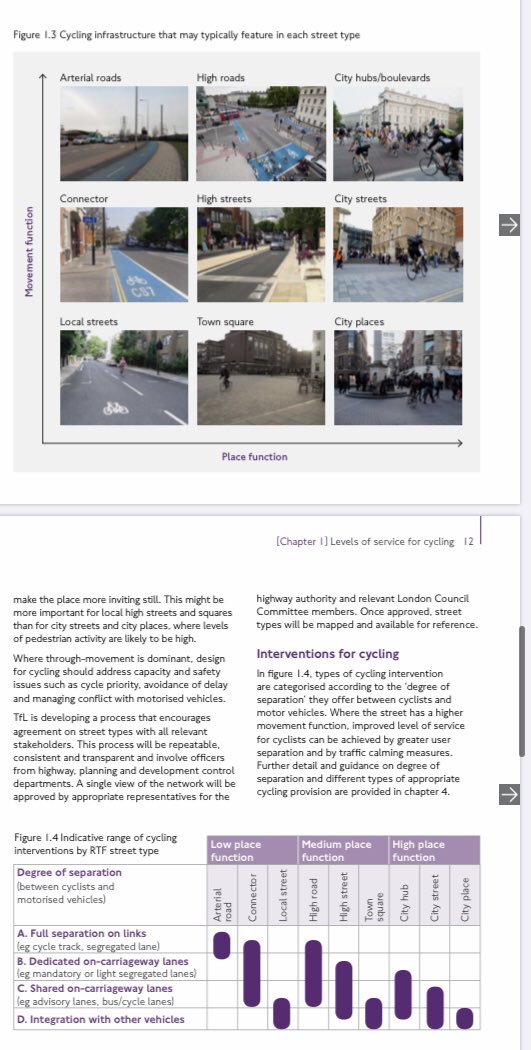Whatever the final outcome of Phoenix Park layout, please make keep in mind two variables
‘Movement’ and ‘Place’
The M50 is a perfect example of Movement - it’s all about getting you from A to B, no ones there for sightseeing and a walk.
1/ https://twitter.com/pidge/status/1281621235865190406
‘Movement’ and ‘Place’
The M50 is a perfect example of Movement - it’s all about getting you from A to B, no ones there for sightseeing and a walk.
1/ https://twitter.com/pidge/status/1281621235865190406
Grafton Street is a great example of a ‘Place’. Yes, some people are walking through but vehicles are long gone and it’s no longer see as a corridor to help traffic move around.
Ideally you don’t want to have to cater for significant levels of Movement and Place in same roads 2/
Ideally you don’t want to have to cater for significant levels of Movement and Place in same roads 2/
Unfortunately anyone with any experience of most main streets in Ireland will know we have been really poor at managing this and it’s lead to perennial problems.
Unfortunately these problems have been allowed to grow for a long time in Phoenix Park. It’s all coming to a head 3/
Unfortunately these problems have been allowed to grow for a long time in Phoenix Park. It’s all coming to a head 3/
The question everyone needs to ask is that in the balance of Movement vs Place where should the roads of Phoenix Park stand?
Now this info here is a little old I think but it gives you the gist of what you need to consider.
To be honest this should be done for all roads 4/
Now this info here is a little old I think but it gives you the gist of what you need to consider.
To be honest this should be done for all roads 4/
I think an issue that keeps coming up across the board is the impression that ALL ROADS are movement. That at best Place is a secondary function. Thus for Phoenix Park an impression has been green space is for activities but the roads are open for wider network movements.
5/
5/
What a new Phoenix Park strategy needs is a reset. It needs to bring people along on a journey to say congestion roads impact on Phoenix Park as a place - prevents less able to access park, impacts the attractiveness and safety of Park. All has impacts then on park demand 6/
If Phoenix Park is to have a Movement function it needs to be well defined. What times of day/week/year is this needed? Which roads are required? To say all roads 24/7 implies it’s all about movement, yet the vast majority would not see the park in this light if asked. 7/
The @theroyalparks in London have recently published a strategy on how they are systematically reviewing roads and corridors to see which and when are absolutely needed to support through car movement. It involves some timed and permanent road closures 8/ https://www.standard.co.uk/news/london/through-traffic-banned-royal-parks-a4494376.html
It’s really important to identify movement and place roads as then there needs to be road redesign to support those functions. The above video at start of thread is really unsafe - fast moving cars with pavement parking and people forced into road. Very unsatisfactory 9/
Where it’s a movement road there’ll need to safe space made for walking and cycling. This includes provide frequent safe crossings. It also means slowing the design speed of the road right down. Example here of Hyde Park. Protected cycle path, right road, crossing for walking 10/
Place roads (roads used as access roads to buildings or car parks) must be redesigned to really slow traffic down (20kmph design speed) and should shout ‘car as guest’ and establish people walking and cycling at top of hierarchy. Families should be able to move freely 11/
Finally - in the process of finding the new equilibrium the burden of proof should be on those trying to make a case for a Movement function for Phoenix Park. They should have to prove case for every hour a gate stays open to vehicles or road to through traffic 12/
One particularly disappointing aspect of the unilateral opening of gates to traffic in Phoenix Park is that it implies one needs to prove the Place function of roads in a park - prove why people may want to be there over and above moving through. Slightly depressing that 13/
Anyhow, not much more to say - Phoenix Park is an attractive place for people to socialise, do fun activities, and relax. The case for people moving through in car needs to be listened to but that case must be proven for each hour a gate/road is kept open to through traffic. END
Addendum - It’s actually interesting when you look at TfL cycling design standards there’s more emphasis on defining street function and subsequent track design than you find in traditional traffic/highway engineering http://content.tfl.gov.uk/lcds-chapter1-designrequirements.pdf cc @RantyHighwayman

 Read on Twitter
Read on Twitter





